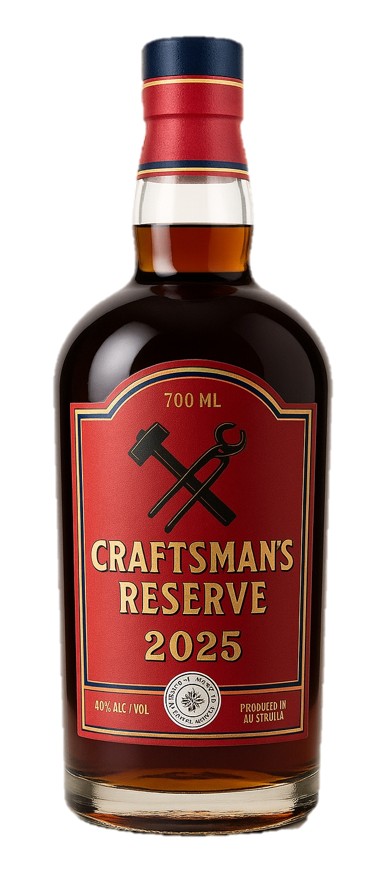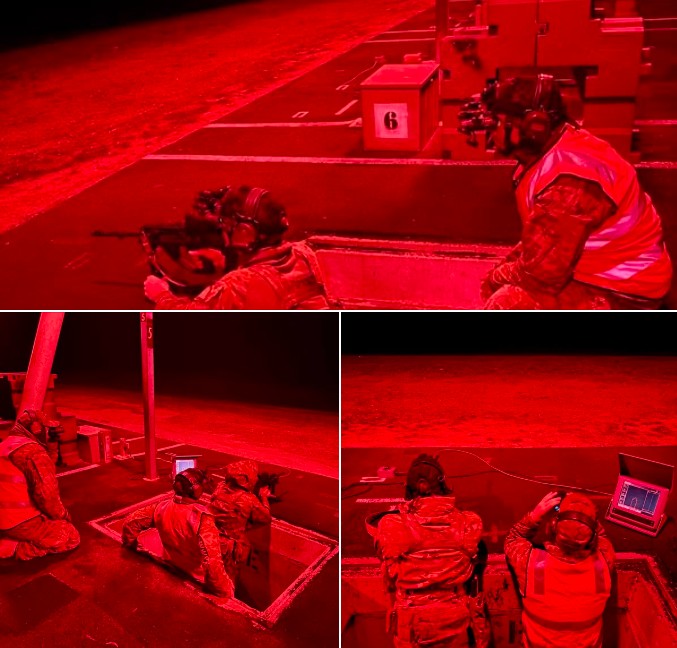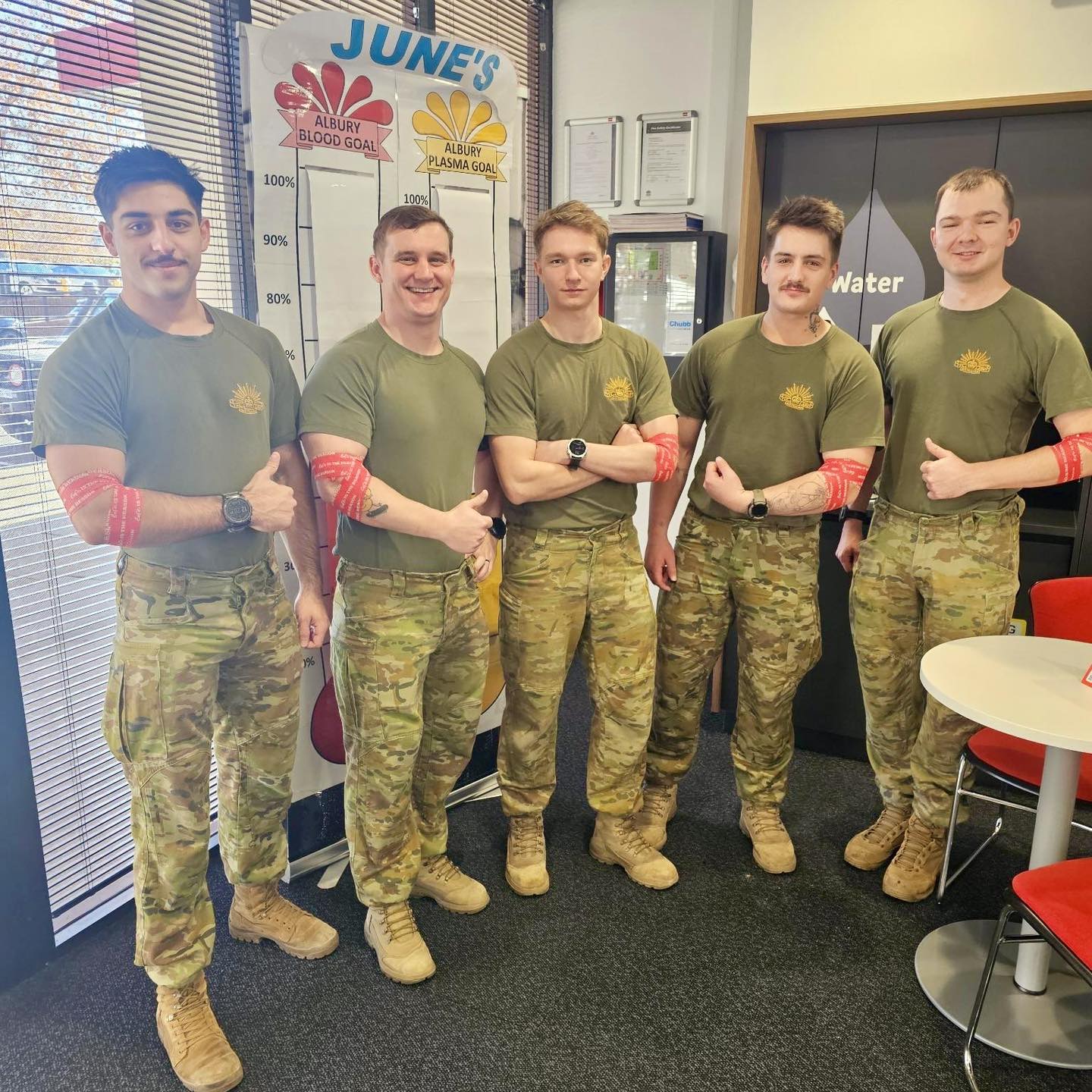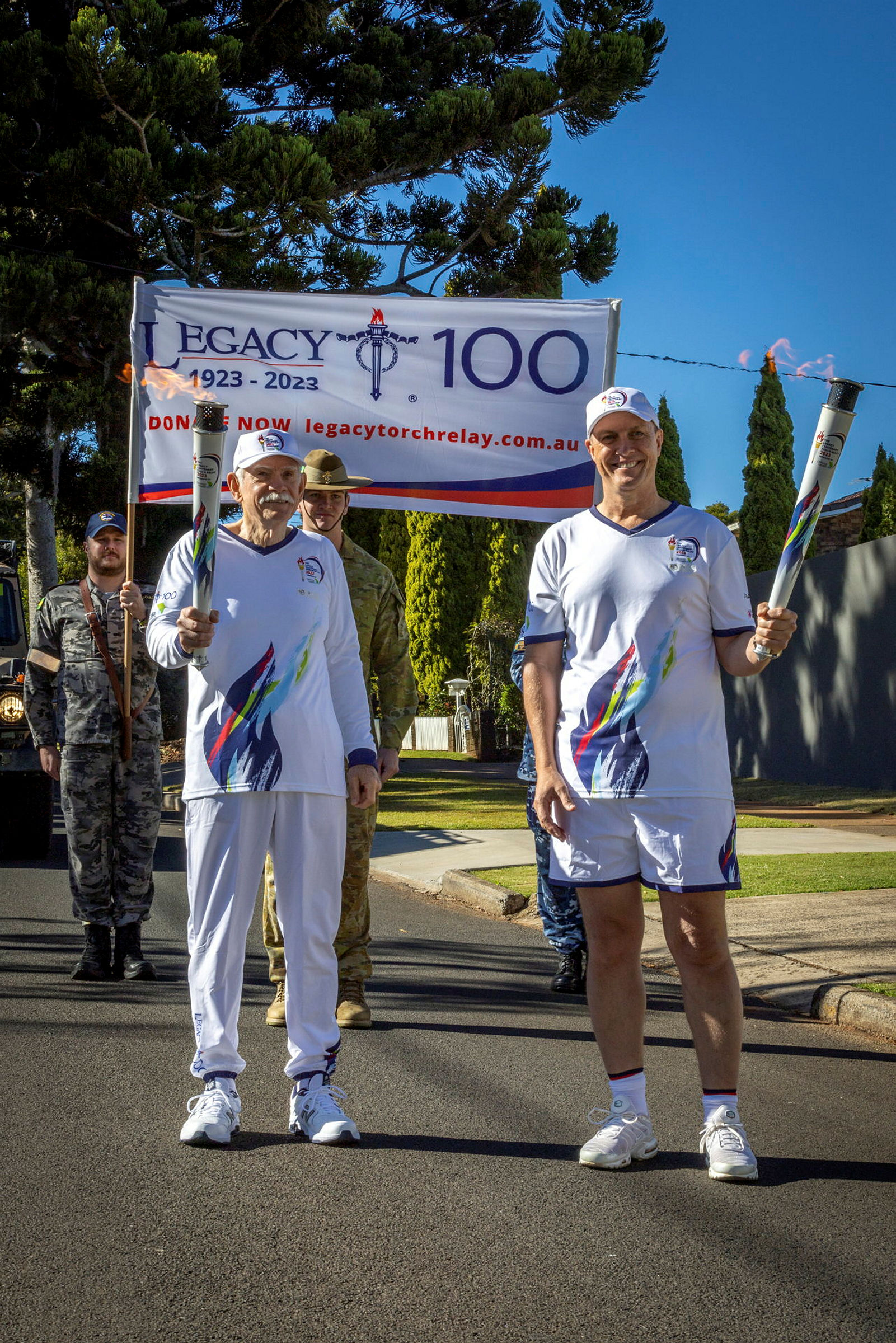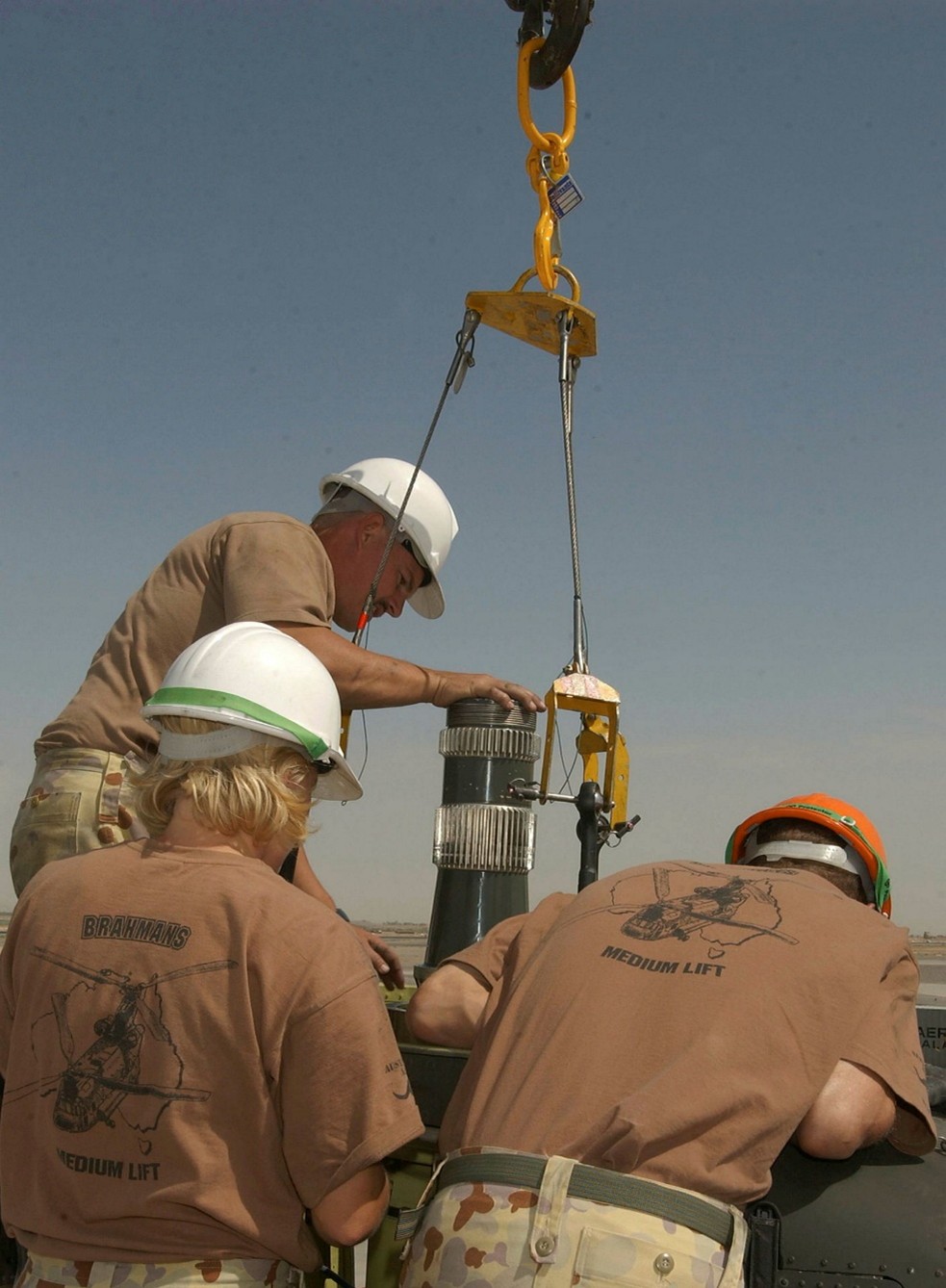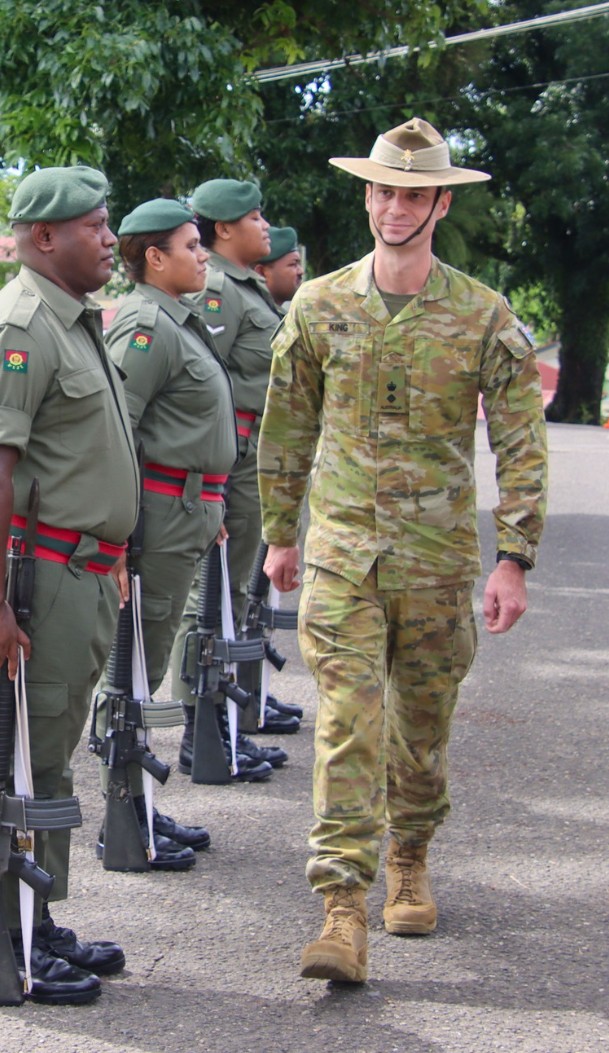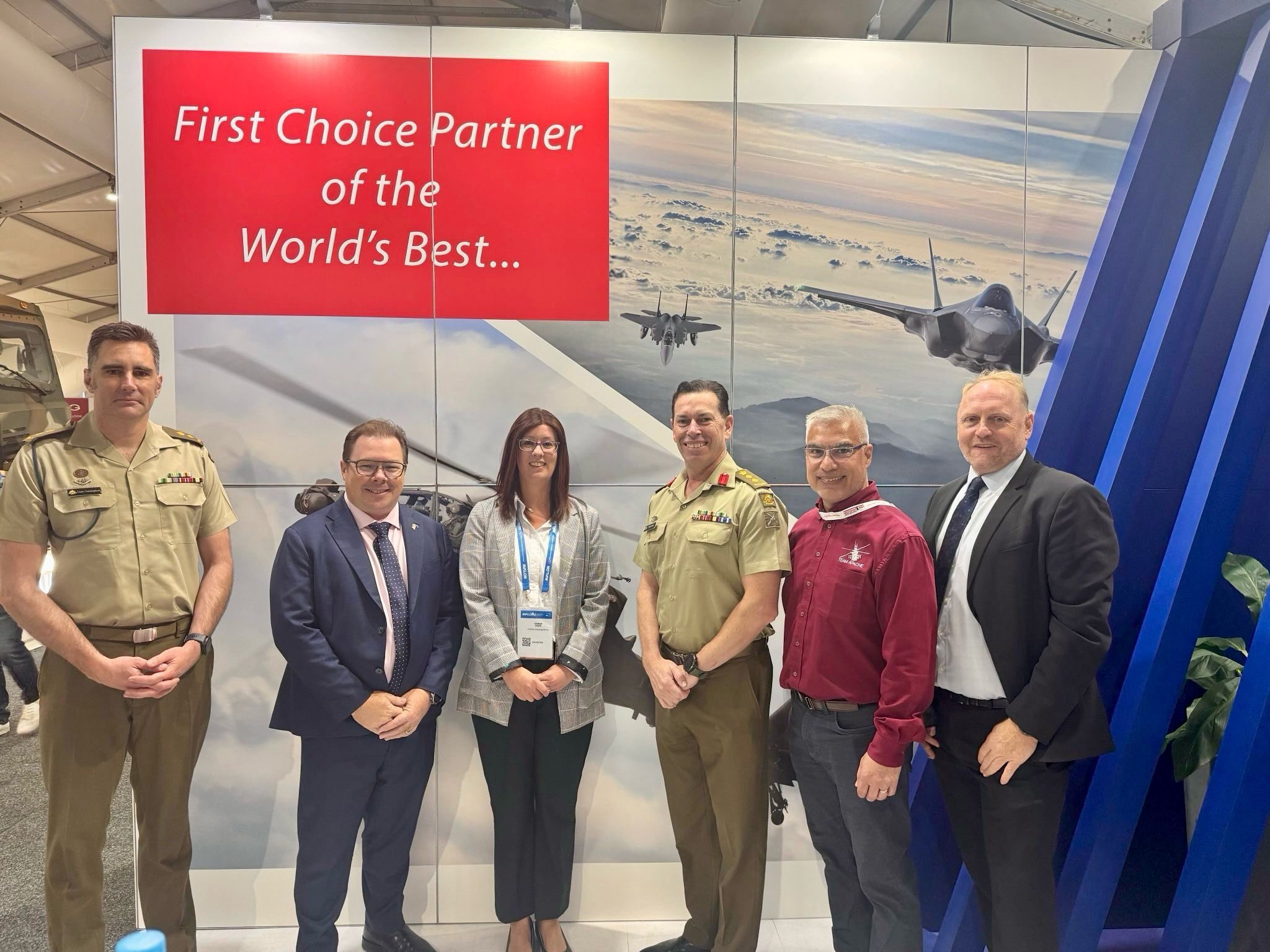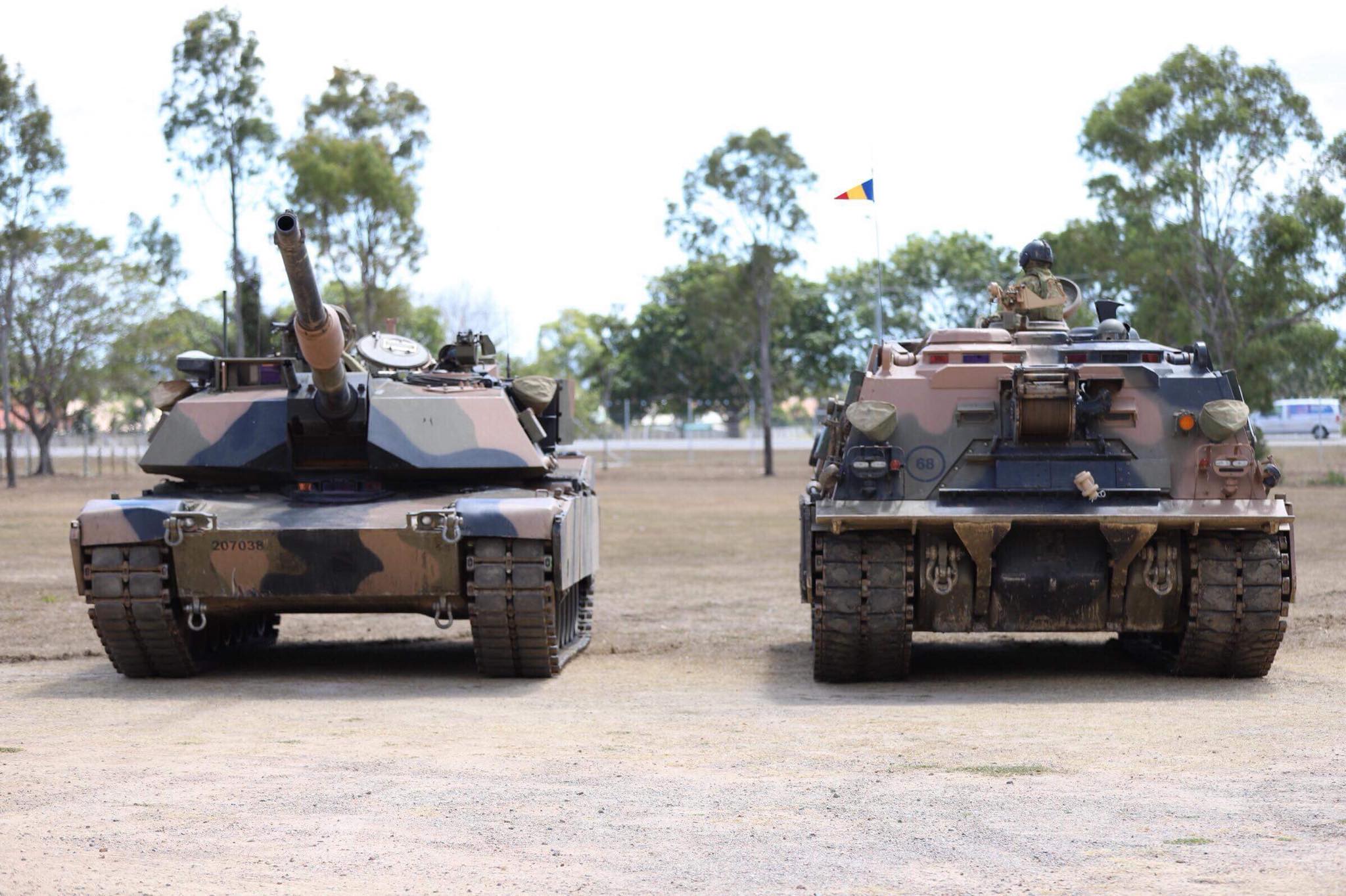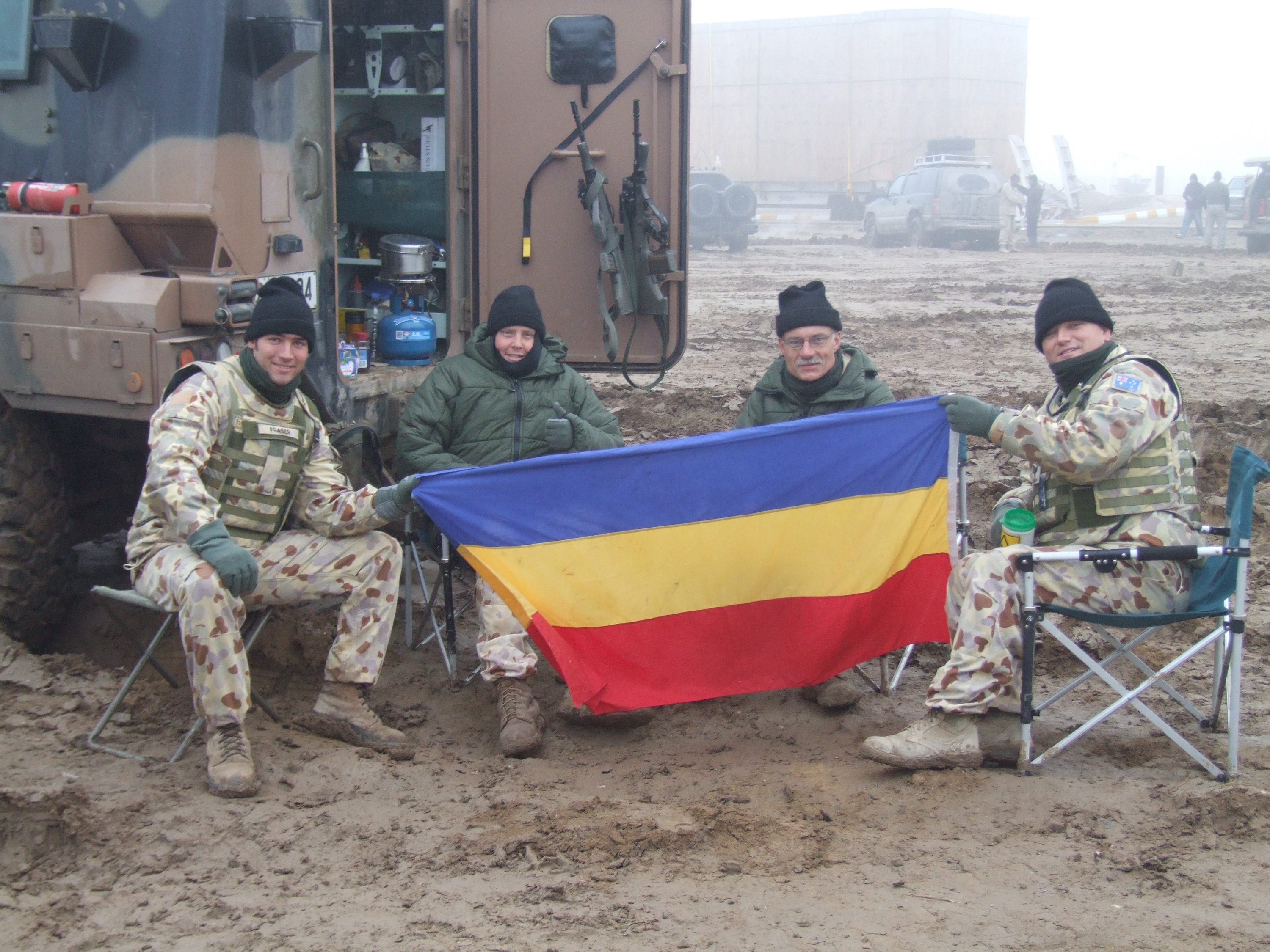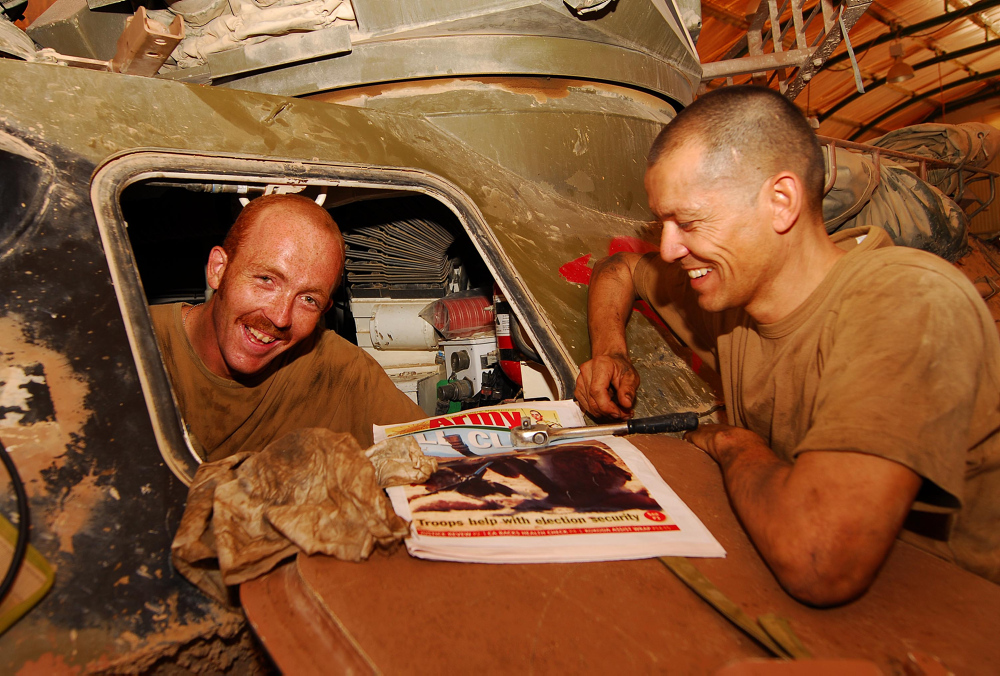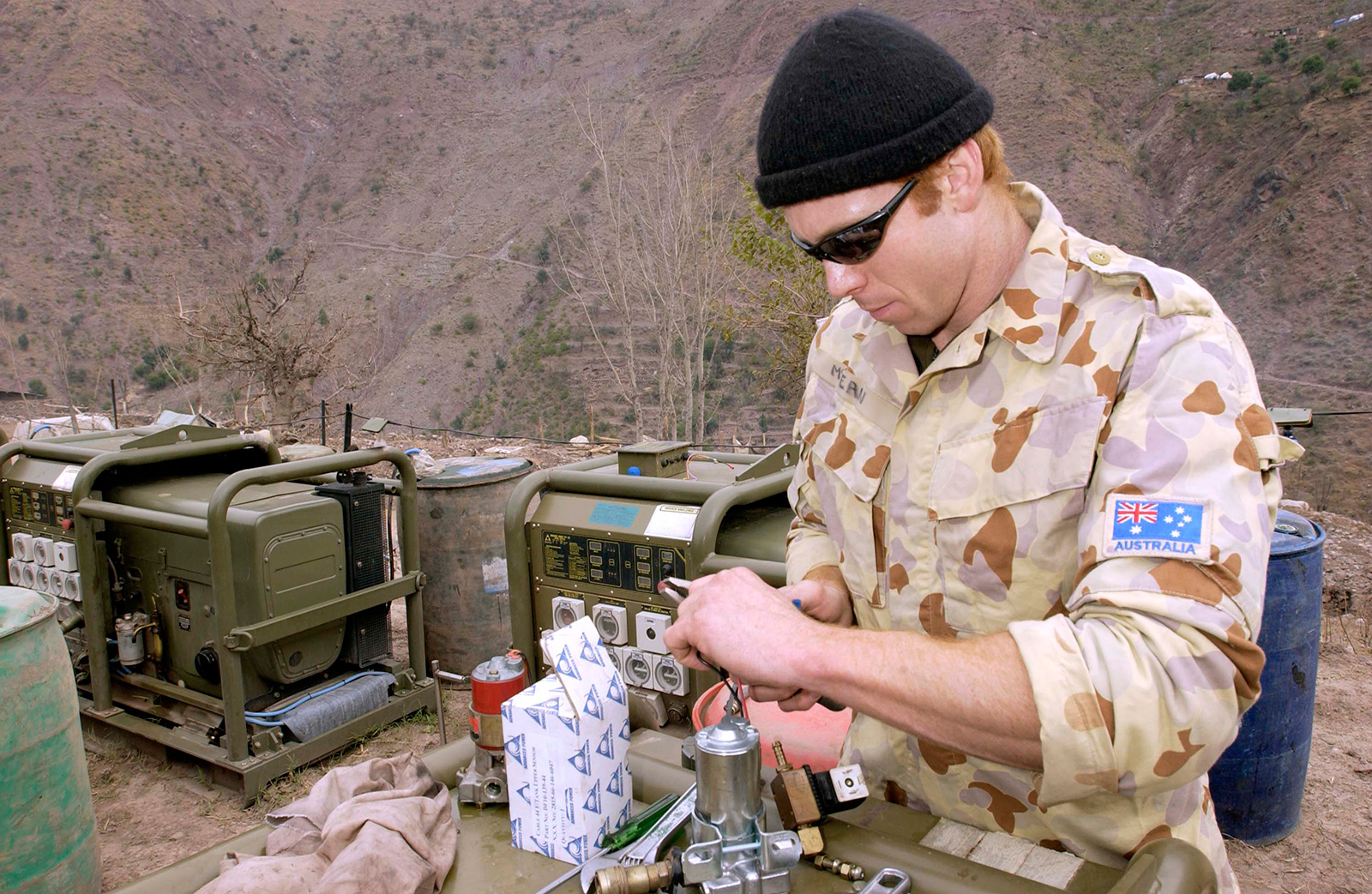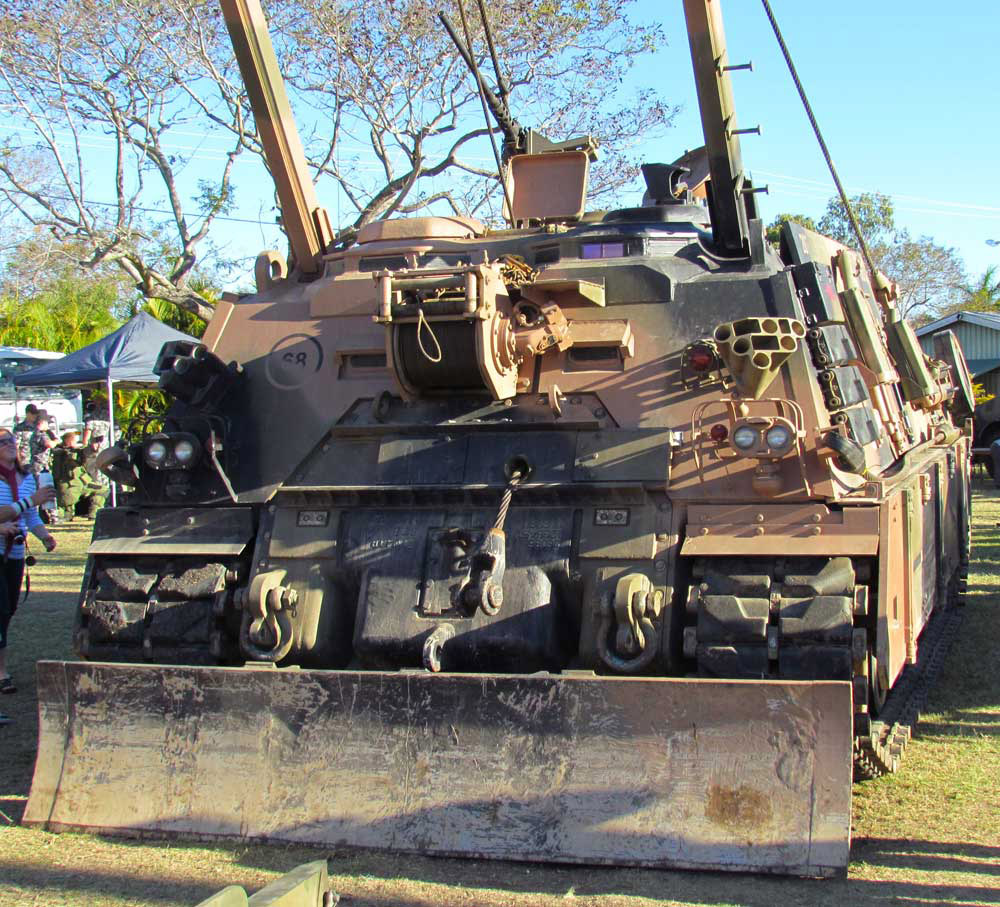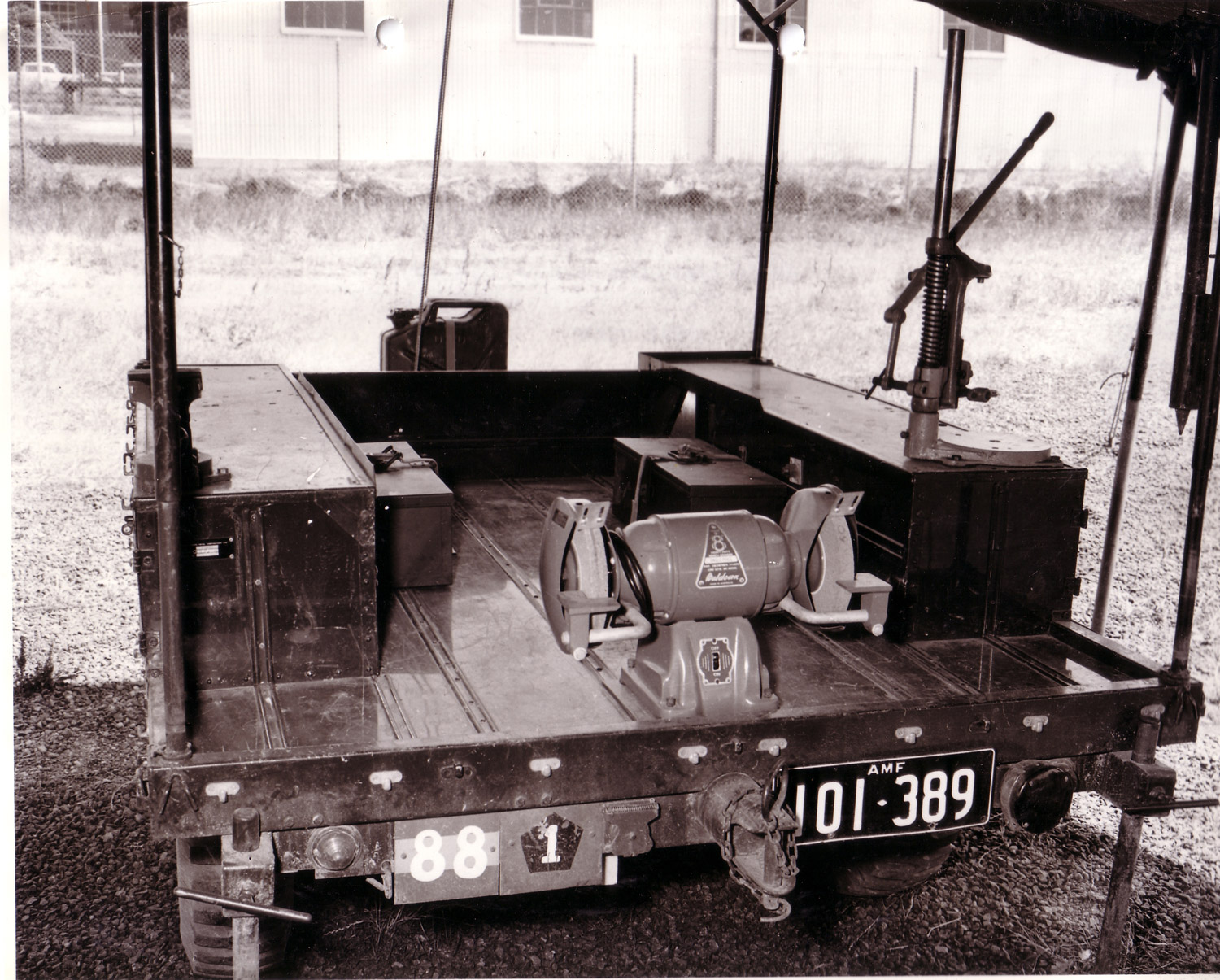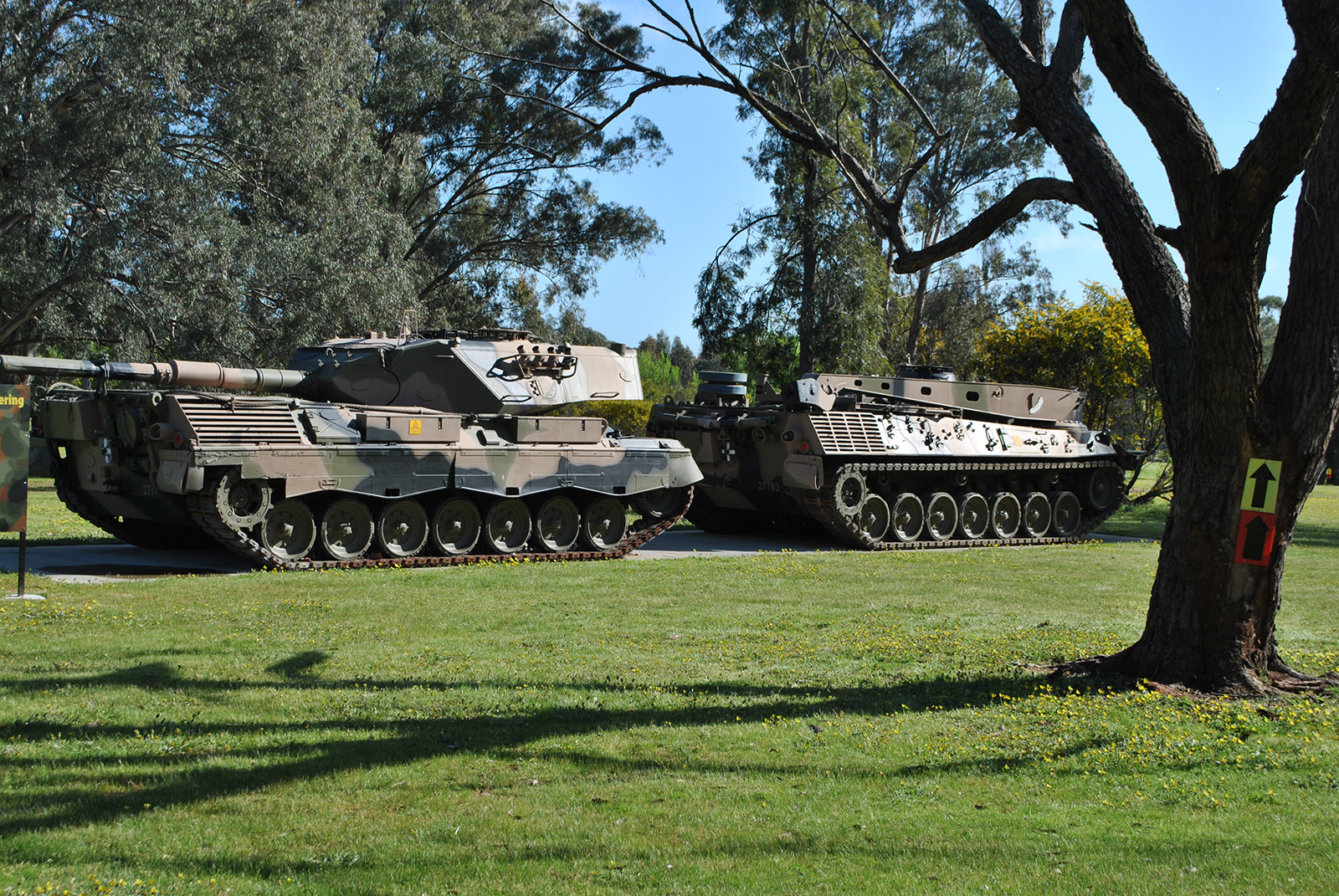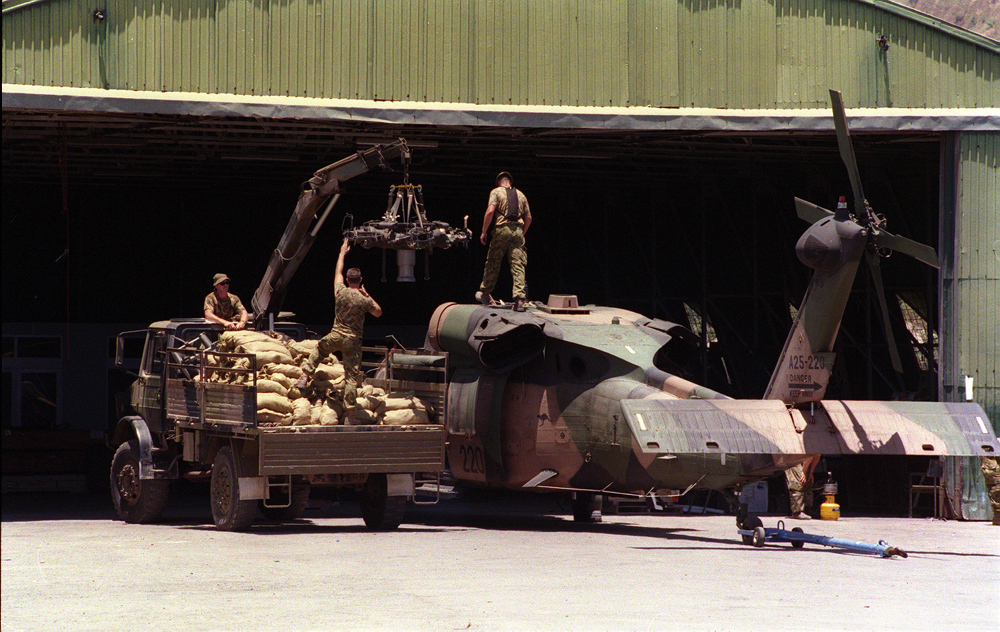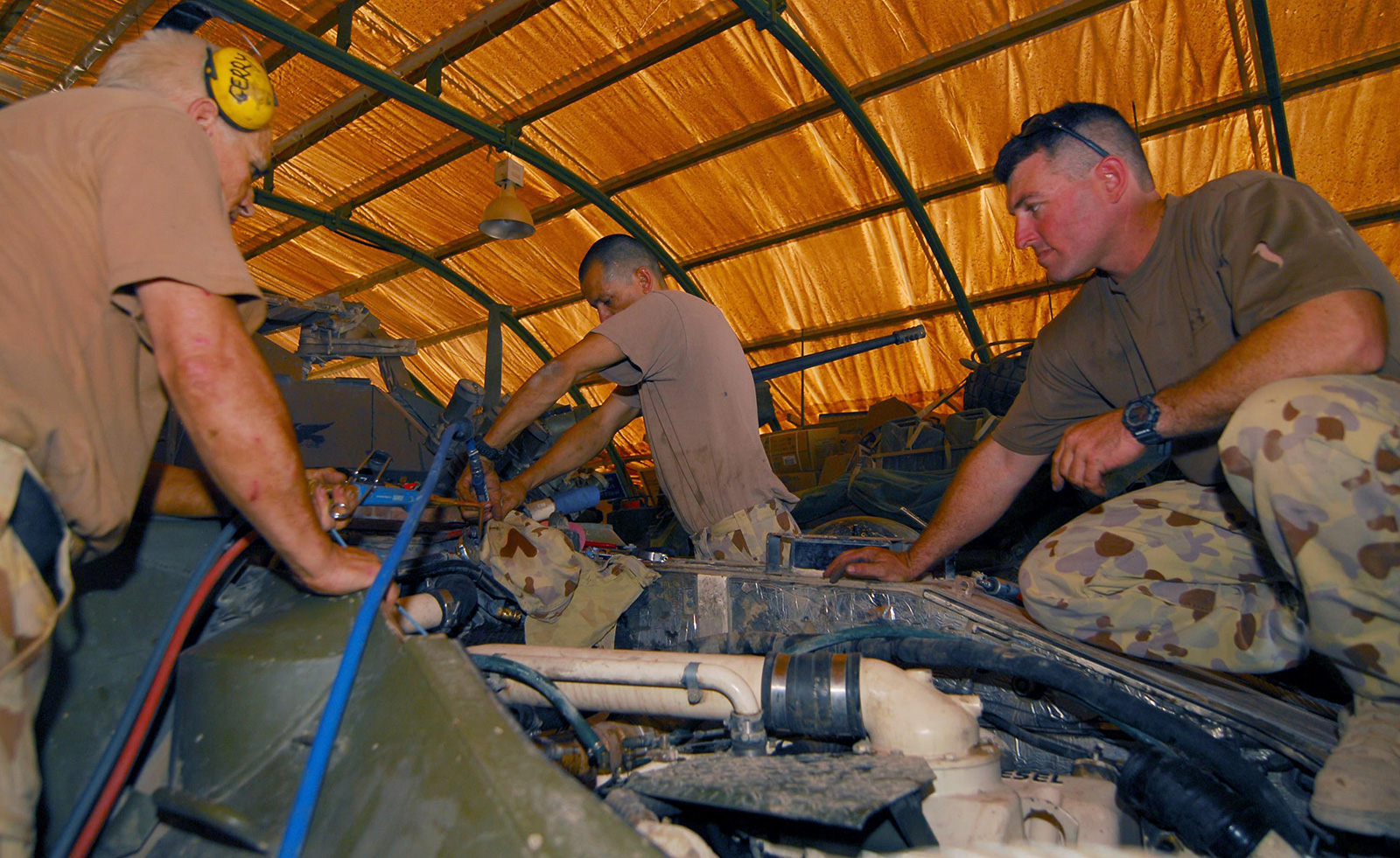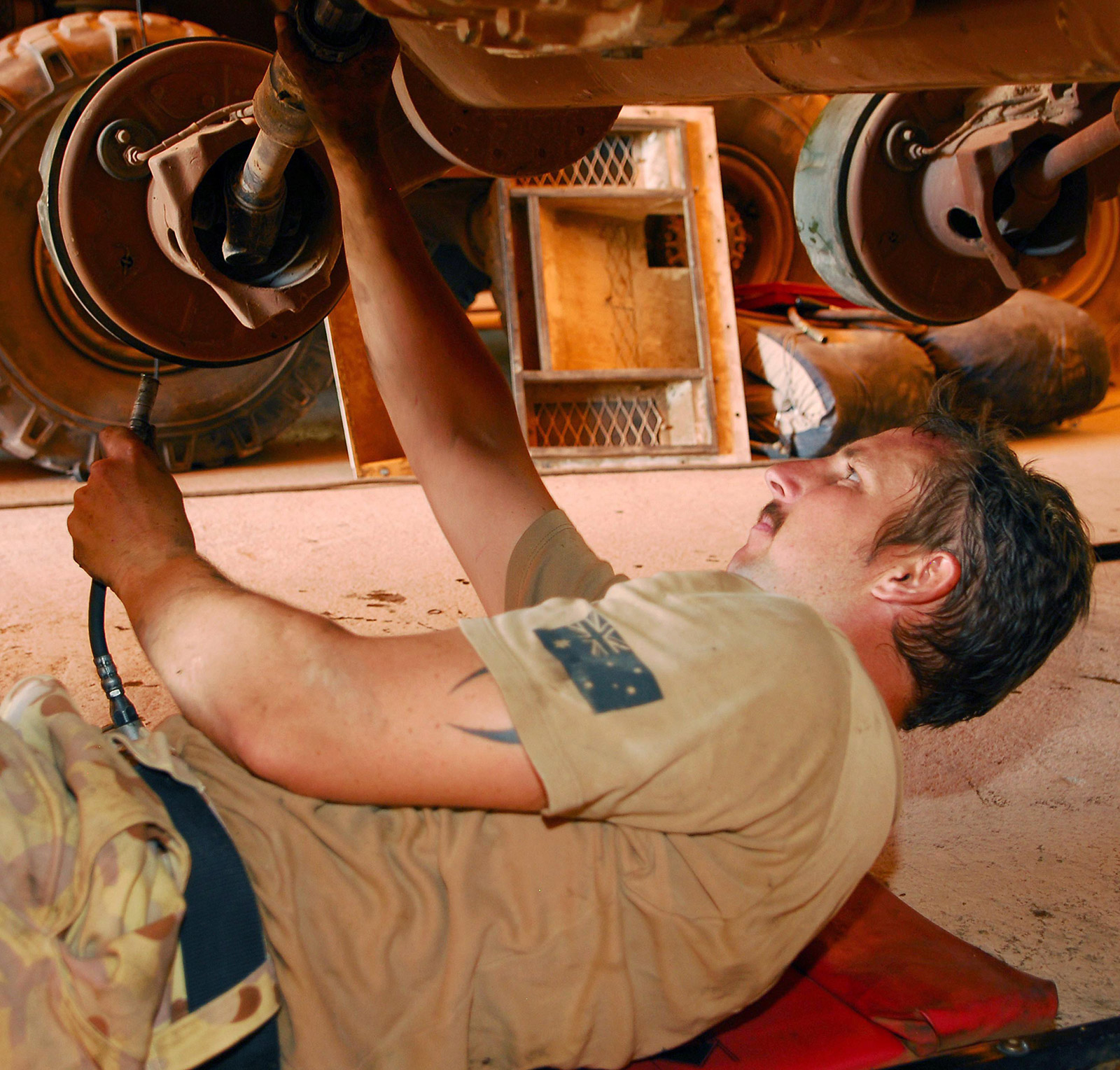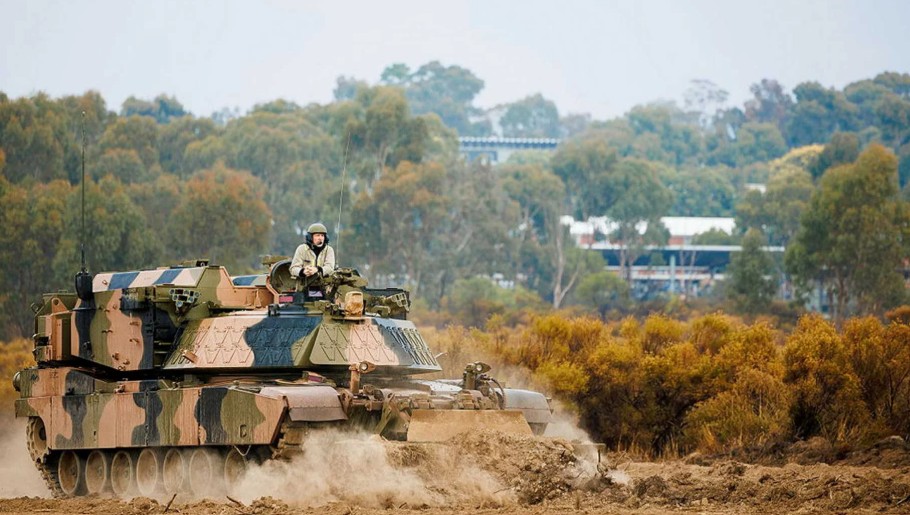
Above: Combat engineers from 3CER train on Army's first assault breacher vehicles at Puckapunyal Military Area
Australian sappers have rolled up their sleeves and got their hands dirty on Defence’s latest armoured engineering capability, the newly delivered Combat Engineering Vehicles (CEVs), during training at the Puckapunyal Military Area. Built on the M1 Abrams chassis, the fleet includes 29 M1150 Assault Breacher Vehicles and 17 M1110 Joint Assault Bridges. Most of these impressive machines are destined for the 3rd Combat Engineer Regiment (3CER), but before reaching their new home, the first CEVs are being put through their paces to prepare sappers for their role in future operations.

Above: Combat engineers from 3CER M1150 Assault Breacher vehicle
Training is focused on mastering the powerful attachments that make the CEVs a game changer on the battlefield such as the combat dozer blade, full-width mine plough, and excavator manipulator arm. Warrant Officer Class 2 Robert Barrera, CEV course and program manager at the School of Armour, said the introduction of the CEVs represents a significant leap in capability. “The School of Armour and the School of Military Engineering have been working closely together to support the development of doctrine as this is a new capability for Defence,” WO2 Barrera said.

Above: Combat engineers from 3CER train on Army's first M1110 Joint Assault Bridge.
Corporal Liam Kelly, one of the sappers undergoing training, described the CEVs as a major boost for mobility support and survivability. “Before CEV, we pretty much just rolled in dismounted into the breach, basically. Being able to do it under armour, obviously, you’re a lot more defended. It’s going to take fewer soldiers in the breach, which is what you want, and it’s going to be a lot faster as well,” he said. With Project LAND 907 well underway, all 46 CEVs and 75 M1A2 Main Battle Tanks are expected to be delivered by the end of the year, providing Army with a formidable suite of armoured capabilities.
Image and article courtesy of Defence
Army Chiefs Pacific visit - Timor Leste and Fiji
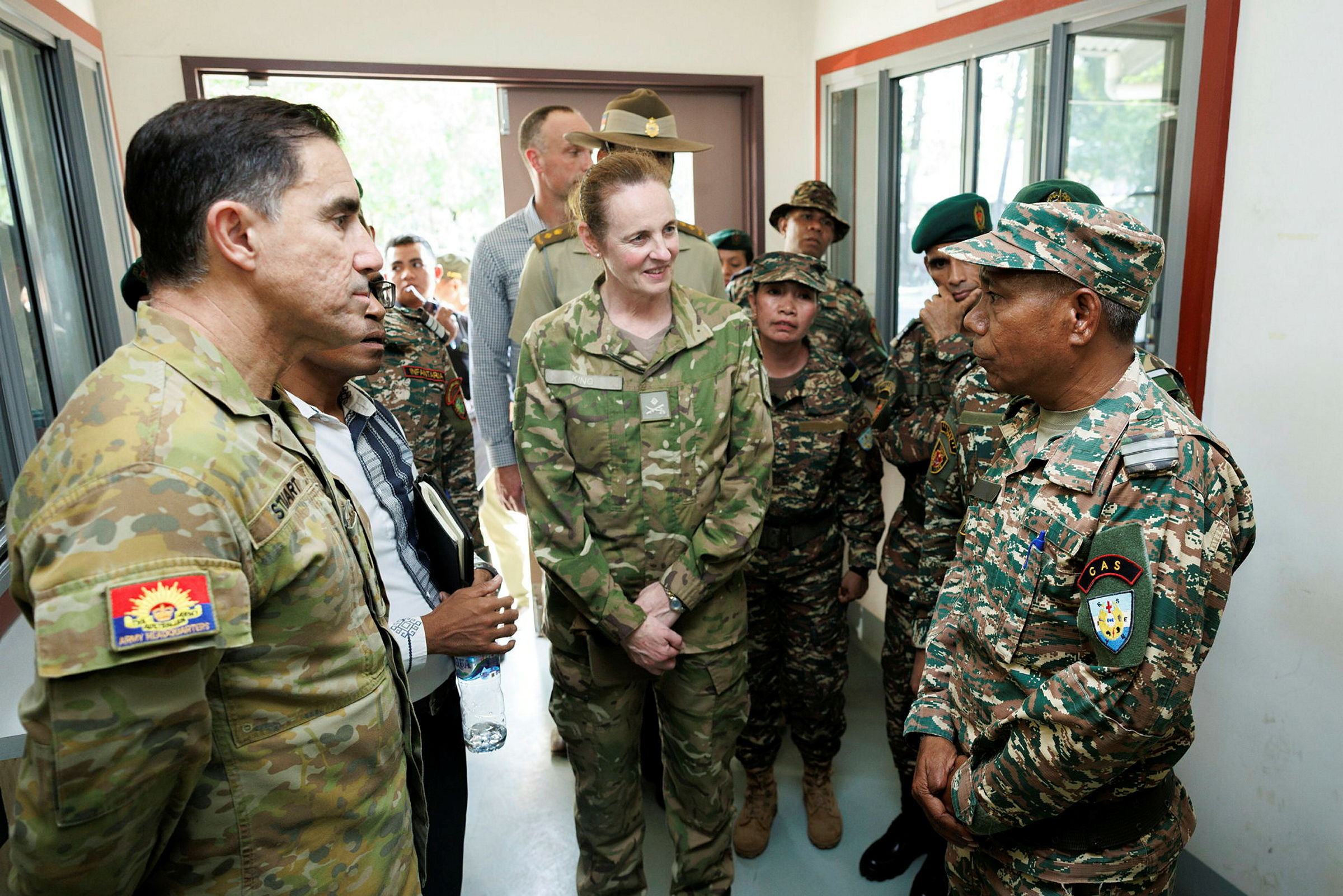
Above: C(L-R) Chief of Australian Army, Lieutenant General Simon Stuart, AO, DSC, and Chief New Zealand Army, Major General Rose King, speak with a member of the F-FDTL during a tour of Metinaro Military Base in Timor-Leste.
Australian and New Zealand Army Chiefs met with counterparts in the Pacific during a combined visit to the Pacific on 10-14 June 2025. Army Chiefs LTGEN Simon Stuart, AO, DSC (Australian Army) and MAJGEN Rose King (New Zealand Army) visited Fiji and Timor-Leste to discuss how Australian and New Zealand Armies can better support our Pacific whanau/family as part of a Joint Force, supporting combat operations, security and stability missions, and humanitarian aid and disaster relief operations in the region.

Above: Regimental Sergeant Major-Army, Warrant Officer Kim Felmingham, NSC, OAM, speaks with female soldiers within the Republic of Fiji Military Forces at Queen Elizabeth Barracks in Suva, Fiji.
Images and information courtesy of Defence
RAEME Corps History - A New Army 1945 to 1959 continued
The Citizen Military Force and National Service
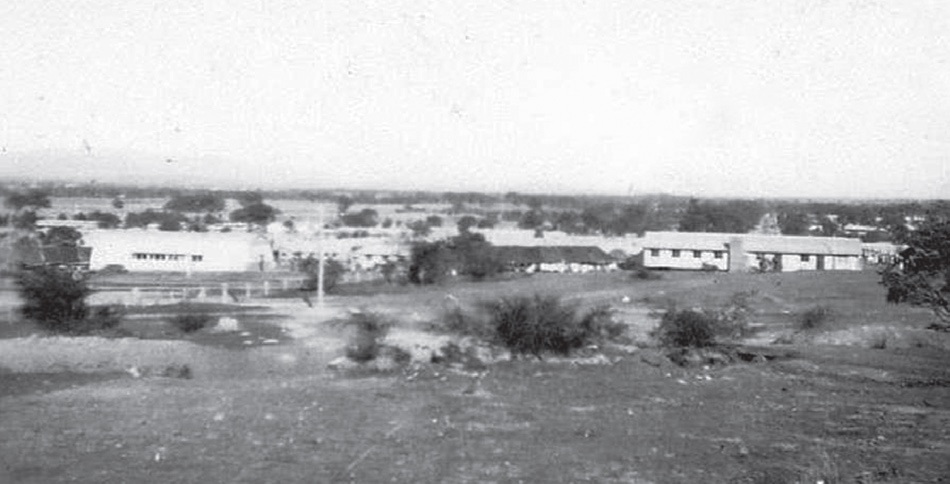
Above: 1954 Puckapunyal camp
In addition to combat in the Korean War and Malayan Emergency, Australia found itself embroiled in a Cold War between the Super Powers. Seeking to raise Defence preparedness, during 1948 the Government approved the establishment of a voluntary Citizen Military Force (CMF) to augment the Regular forces if required. CMF soldiers enlisted for a period of two years, parading once a week, with some weekend training and an annual camp of about fourteen days’ duration. Almost as soon as the announcement was made, RAEME CMF units began to spring up across the nation.
Then from 1951 to 1959 a National Service (NS) scheme was introduced. Under this NS scheme, selected young men were required to provide an initial period of three months continuous fulltime service, followed by an additional six years of part-time service in the CMF. This obligation brought most CMF units up to their established strength; and improved the overall standard in training proficiency. As a result units were able to conduct realistic training exercises.
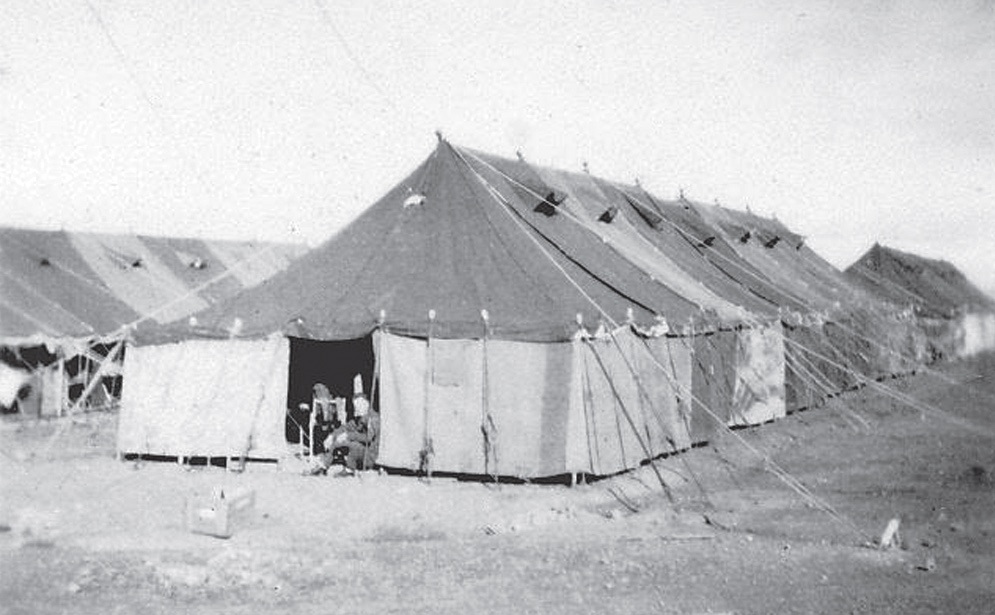
Above: NS accommodation at Puckapunyal was under canvas, stifling hot
NS members not only swelled the ranks of the CMF, but also provided a trained foundation for many future officers and NCOs. Kevin Moon, a Korumburra lad, was one of those selected for NS. Kevin left school in 1949 and was apprenticed to a local garage as a motor mechanic. In 1953 he was notified that he would be called up for NS and was directed to a local doctor’s surgery for a medical examination with a lot of his former school mates. Only four of this group were selected to report to Puckapunyal by 17 August 1954. He was posted to 14 NS Training Battalion and while some National Servicemen were trained as RAEME tradesmen, Kevin trained as a gunner, eventually gaining the rank of Bombardier. However, on commencing the CMF part of his NS obligation, and seeking to make the most of his civilian motor mechanic’s qualification, Kevin requested a transfer to RAEME. Following his NS obligation, Kevin continued to serve as a part-time soldier until he retired as a Warrant Officer Class One.
In addition to short haircuts and discipline, Army life was quite tough, political correctness was unheard of, occupational health and safety and care for the environment were hardly considered. Recruits were subjected to treatment that would not be tolerated by today’s society.
Whether they were all prepared for the rigors of Army life is questionable. Indeed they faced a very different situation to that encountered by today’s recruits. That generation held the World War II veterans in high esteem and quite a number of young men wanted to show they too were prepared to serve the nation in a similar manner. During the NS scheme’s operation, all three Services continued to accept general enlistment recruits.
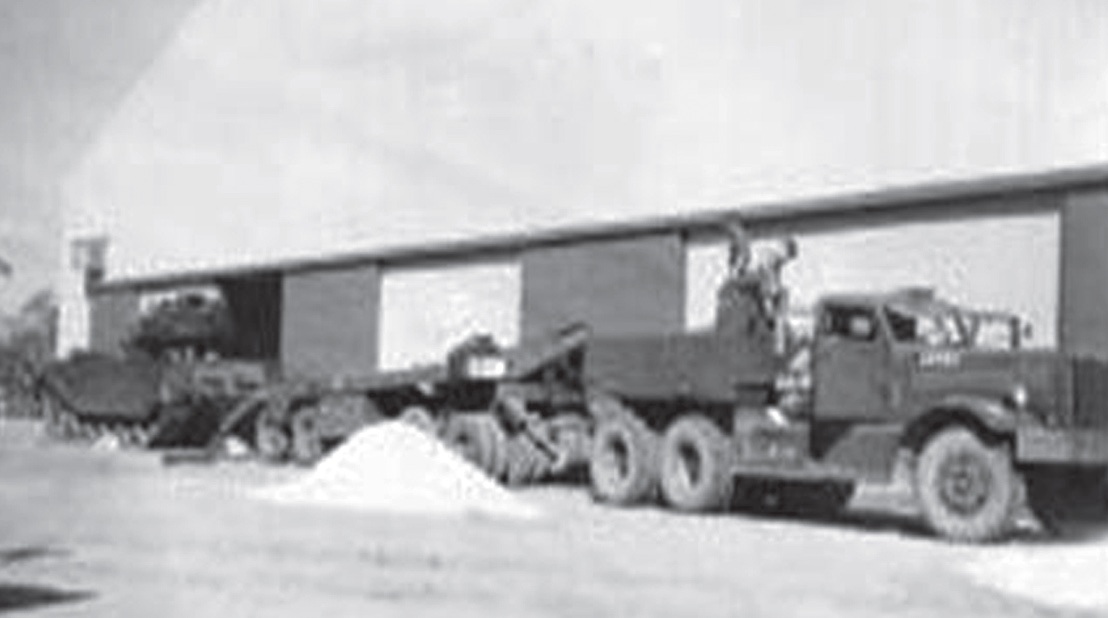
Above: Puckapunyal 1950s National Servicemen training on a Diamond T tank transporter
To meet the increased workload that came with the NS scheme, RAEME was authorised to increase its strength by almost 100%, to 1,260 personnel, 400 of these were to be civilian tradesmen. The increased workload included a contribution to an all-Corps pool of instructors needed to train the National Servicemen and for ARA Cadre Instructors for CMF units. Within the various NS Training Battalions, RAEME officer and NCO instructors provided Recruit and Corps Training to National Servicemen allocated to RAEME. For those who elected to enlist in the ARA, motivating factors may well have included ‘security, training, travel and comradeship’. However, patriotism and the call to ‘do your bit’ were major motivating factors.
Basic training completed, National Servicemen then moved on to Corps training where many were trained as Recovery Mechanics. At that time there were two main vehicles in the Recovery Mechanic’s arsenal, The World War II vintage Diamond T Wreckers and Tank Transporters. The Diamond T was a versatile vehicle, powered by a 180 horsepower 6 cylinder engine, it could lift up to four tons with each side hoist. The same vehicle, used as a tank transporter, pulled a 32 wheel trailer to transport and recover tanks.
While the Corps was well represented on overseas operations, those who remained at home found life in RAEME during this era was a busy one. 3 Base Workshop was typical of an Australian base workshop facility. There were dedicated workshop areas, a parade ground and corrugated iron clad huts for accommodation and office facilities. Most members of the Workshop ‘lived in’ where mess, canteen and post office facilities were available. After completing recruit and Corps training, Craftsman William O’Neilii was posted to 3 Base Workshop in Broadmeadows.
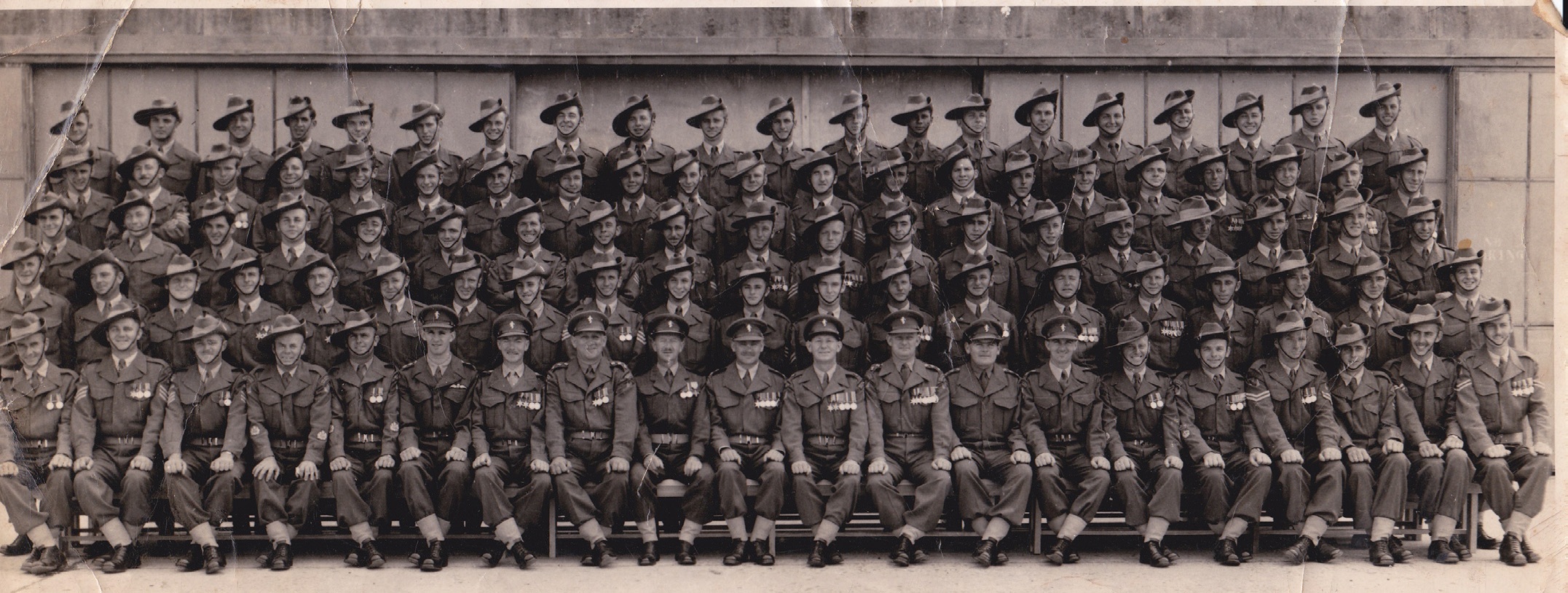
Above: Puckapunyal National Servicemen1950s
During this posting William O’Neil experienced the value of the knowledge that was passed on to young soldiers by older and vastly more experienced Warrant Officers and NCOs, most of whom had served in World War II with some having transferred from the British Army. In the photograph of the members of 3 Base Workshop (above), the majority of men in the front row and several in the second row are wearing World War II campaign medals. In their spare time, many 3 Base Workshop members also availed themselves of the atmosphere and amber fluid provided at the local ‘pub’ known as the Red Roof Hotel. Getting back to base from this establishment was not without risk as it required the negotiation of a notorious railway crossing. Chief danger at this crossing was the train service dubbed ‘The Falkner Ghost’, a rail-car that serviced a community further out of town. It was said that the Falkner Ghost was almost impossible to hear and the positioning of the crossing made it difficult to see. Several Craftsmen reported very near misses; and in Butch O’Neil’s time at least one was hit by the train, although luckily that individual escaped serious injury.
The above article is an extract from the Corps History Book 'With Skill and Fighting - Craftsmen of the Australian Army 1942 - 2014'






